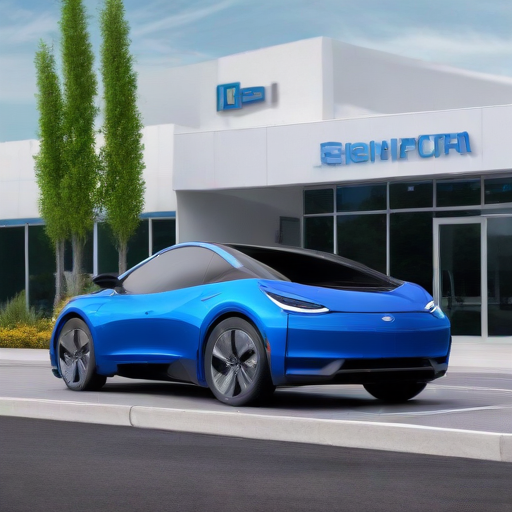General Motors is raising its financial targets for 2024 after exceeding Wall Street’s expectations during the second quarter. The Detroit-based automobile manufacturer has increased its projected adjusted earnings for the year, now expected to be between $13 billion and $15 billion, up from previous estimates of $12.5 billion to $14.5 billion. Additionally, it has raised targets for operating cash flow and earnings per share, while slightly adjusting net income expectations down by less than 1% to between $10 billion and $11.4 billion.
In the second quarter, GM reported a revenue of $47.9 billion, representing a more than 7% increase year over year and surpassing analysts’ expectations of $45 billion as per FactSet estimates. The company’s earnings per share reached $3.06, exceeding the expected $2.71 and showing a 60% increase compared to 2023. GM’s net income rose by 14% to $2.9 billion, up from $2.5 billion.
Following this positive performance, GM stocks increased nearly 5% in pre-market trading on Tuesday and have risen over 37% this year. The company also declared a cash dividend for the third quarter, contributing to the rise in stock prices.
In a communication to shareholders, CEO Mary Barra highlighted the success of GM’s gas-powered trucks and SUVs. She revealed plans to launch eight new or redesigned models across various sizes in North America and confirmed the scaling production of the electric Chevrolet Equinox. Barra stressed the importance of disciplined growth in the electric vehicle segment, although she acknowledged that GM may not reach its goal of producing 1 million electric vehicles by the end of 2025, citing a market slowdown.
Furthermore, Barra announced a strategic shift for GM’s self-driving unit, Cruise, which will discontinue its Origin vehicle and focus instead on testing next-generation Chevrolet Bolt cars in Texas and Arizona. This pivot comes after the company recorded a $600 million charge due to the halt in Origin production and is intended to address regulatory concerns regarding its unique design, including the absence of a steering wheel.
Despite challenges faced in its joint venture with SAIC Motor in China, where GM reported a $104 million loss in the second quarter, the company remains optimistic. June figures showed a significant production cut by SAIC-GM, delivering 50% fewer vehicles compared to the previous year.
In summary, GM is demonstrating resilience and adaptability in the automotive market, focusing on both traditional and electric vehicle segments while pursuing innovative technologies. The company’s commitment to growth and strategic planning offers a hopeful outlook for its stakeholders as it navigates challenges ahead.
This article highlights GM’s proactive measures and optimistic financial outlook, further establishing the company’s position in a competitive market. It reflects a positive narrative about adaptation and growth, essential in the evolving automotive industry.
